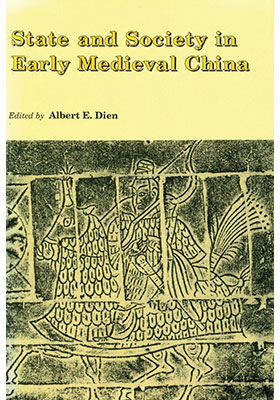State and Society in Early Medieval China
(漢唐年間中國的國家與社會)
ISBN : 978-962-209-244-0
November 1990
420 pages, 6″ x 9″
Not for sale in the USA or Canada
- HK$285.00
Extending roughly from the final collapse of the Han Dynasty in A.D. 220 to the establishment of the T’ang Dynasty in 618, the Six Dynasties period in China is commonly compared to the “Dark Ages” of European history.
The political history of the period is a dismal record of disunity, intrigue, strife, and alien encroachments, seeming to amount to little more than a confusing series of dynastic names. Given such an array of fragile and short-lived dynasties, it is natural to attempt to summarize the period, but the inadequate state of our knowledge (the historical record is sparse, fragmentary, and very difficult to interpret) makes such an attempt at best provisional.
The twelve essays in this volume are therefore to be viewed as attempts to further our knowledge of the period and to test what few generalizations we do have. The authors address a wide range of problems, including the composition of the ruling elites, the evolution of eminent families, and the nature of the state and its administration. For example, previous scholarship has portrayed the period as one dominated by powerful aristocratic clans; a revisionist view presented here argues that the leading families were neither powerful, nor aristocratic, nor clans. In almost every case the topics of the individual papers are treated here for the first time in English.
The period of the Six Dynasties suggests fragmentation and disorder, and yet it is now generally recognized that the so-called fragmentation simply meant that the level of cohesion had shifted from a national to a regional level. To a large extent, what was involved were changes in the ways in which various social and political groups related to one another. The focus of this volume, then, is to explore the interfaces within Six Dynasties social and political organizations and to trace the changes in these complex and often puzzling relationships. The editor suggests that in these developments are to be found the roots of T’ang greatness.

